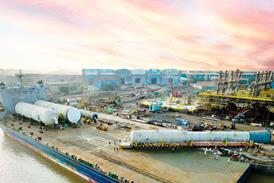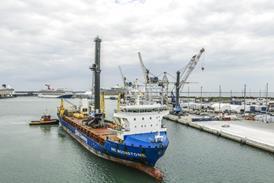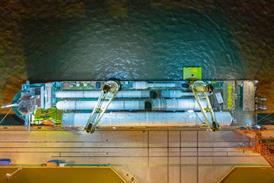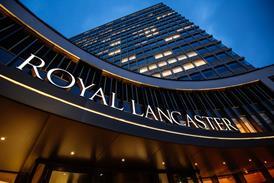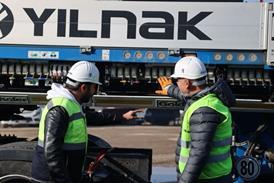Six European ports will collaborate on artificial intelligence (AI) projects to help optimise the green energy transition.
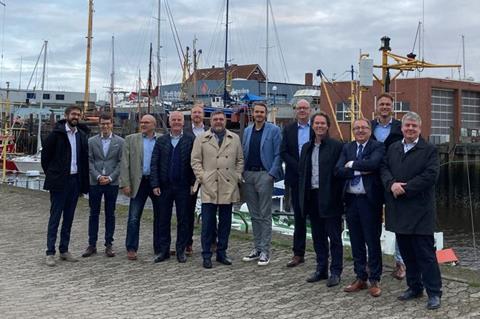
The ports – Port Esbjerg (Denmark), Port Oostende (Belgium), Groningen Seaports/Eemshaven (the Netherlands), Niedersachsen port/Cuxhaven (Germany), Nantes-Saint Nazaire port (France) and Humber Freeport (UK) – met in Cuxhaven recently as part of their efforts to resolve capacity issues facing the wind energy sector.
The potential use of AI to help those goals have been demonstrated by Port Esbjerg, where the development of a digital twin has helped ensure wind energy capacity can be tripled, without using more space.
Several other ports in the collaboration have now also developed a digital twin, and the plan is that in the future, the digital twins will be able to work together across borders to optimise further and to involve all the ports.
“The high ambitions in the EU for the installation of offshore wind require that we speed up. The Esbjerg Declaration is proof that cooperation can take us far. That’s why we are now further accelerating our collaboration so that we can expedite the process. Because there is not enough capacity,” said Dennis Jul Pedersen, ceo of Port Esbjerg.
The six Northern European ports formed an alliance during September 2022, with the aim of meeting up twice annually to discuss and share insights and knowledge.

